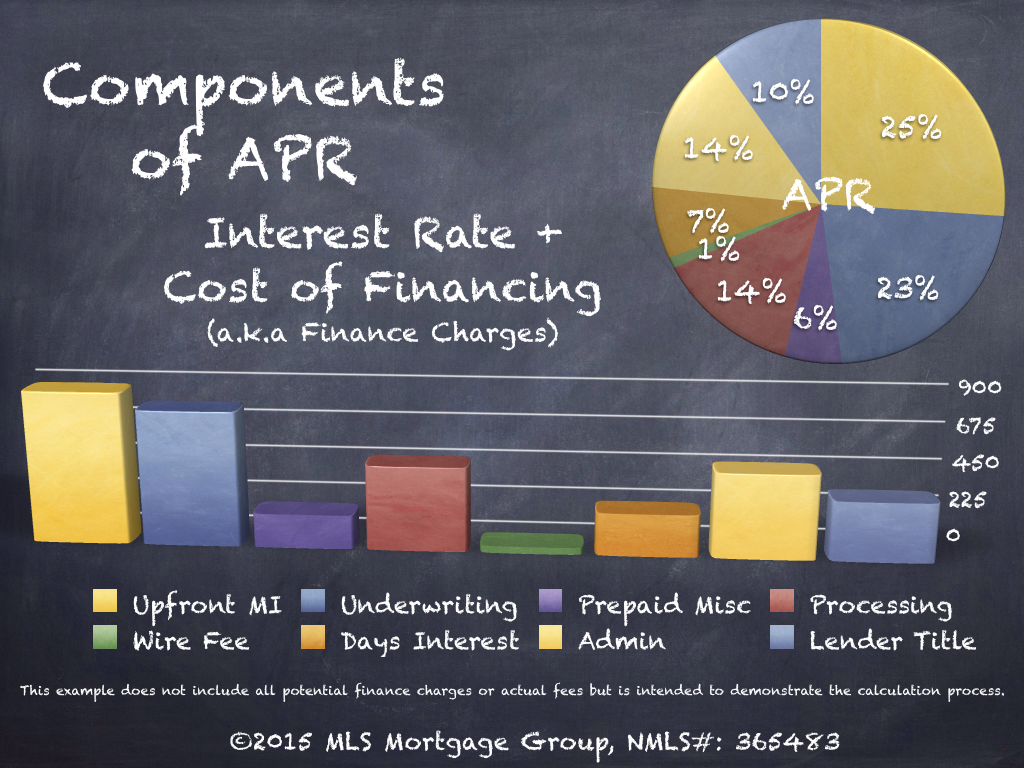While some legislators called for $3 billion to be appropriated for DPA spending, the CARES Act consisted of only a third of that quantity. Some news reports show that more spending measures may be difficult to make it through the Senate. Then and now, the United States system of government's numerous veto points make emergency situation reaction more difficult than under parliamentary or authoritarian systems. A work-around, as social researchers Sarah Quinn and Suzanne Mettler have argued, is so-called off-balance sheet cash creation. The RFC, for example, was allowed to borrow cash from the Treasury and the capital markets, and then invest in relief and mobilization efforts that would eventually produce a return for taxpayers, all while skating previous austerity hawks identified to cut or freeze federal government spending.
Though this enables much more financial firepower to be offered, it comes with its own costs. As social researchers Chris Humphrey, Eugnia C. Heldt, and Henning Schmidtke have discovered, modern advancement banks need to pay very close attention to the impulses of Wall Street and the credit score agencies that rate their bondsskewing their concerns towards the preferences of personal finance. In some methods, the United States exists already, as much of the emergency action is run by the Federal Reserve, a self-governing firm that is partially governed by personal banks and does not have the democratic responsibility of other executive branch companies.
A rebooted RFC might solve that issue. During the New Deal and The Second World War, it brought democratic accountability to a process that otherwise would have shifted major powers to fund. Initially, when the RFC was developed under Hoover, the Fed was on its board. But, in the first few months of operation, the Fed's preference for austerity and hands-off disturbance with personal management impeded its efficient operation. By the summer season, the more proficient and relief-friendly members of the board had the ability to get the Fed off, acquiring the bulk and holding it afterwards. Unlike the Fed, the RFC can and did require out bad supervisors and require strong labor requirements in personal companies taking advantage of loansall things the bloated monetary sector might take advantage of today.
Lastly, as I have actually argued in Politico, the RFC's preliminary year of operation (in an election year!) offers lessons for how Congress can inspect Trump's incompetence and venality. The most substantial aspects of the RFCthe types of projects it selected to money, the way its board was structured to attain bipartisan balance, prevent cronyism, and overcome the timidity of a Republican presidentwere pressed by Democrats in your house bulk and Senate minority, whose votes were required to authorize creation of the corporation. This particular constellation of power is similar to the one today, and shows how bipartisan power-sharing on a new RFC board could permit more oversight.
In 1975, over issues that smaller universities and colleges were experiencing low registration due to the fallout from the oil shocks and recession, Rep (The trend in campaign finance law over time has been toward which the following?). Peter Peyser (R-NY) presented a costs to timeshare vs vacation club create a College Restoration Finance Corporation. More recently, after the destruction of Cyclone Irma in 2016, Sen. Bernie Sanders proposed a Puerto Rico Restoration Finance Corporation that would purchase up bonds from the island's having a hard time local governments and corporations. And, in March 2020, https://www.sippycupmom.com/westgate-weekend-fun-wgtowncenterweekend/ Rep. Danny Davis (D-IL) detailed a plan for an RFC-style National Facilities Bank that would resolve the nation's $4. 6 trillion deficit in public works.
Here, history is also a guide. When initiated, the RFC was slated to operate for just a year, with a focus mainly on banks. But absolutely nothing is successful like success, which very first year highlighted how efficient federal government could be: The RFC and its subsidiaries would ultimately contribute to almost every element of industry. A Health or Food Supply Reconstruction Corporation in 2020 might once again demonstrate the idea's value, paving the method for a more comprehensive Green Restoration Corporation in 2021.
The creation of the Restoration Finance Business was the very first considerable action required to combat the Great Depression. It was created to offer assistance for little banks which the Federal Reserve could not help. In addition, the Federal Reserve was a conservative organization, and its fear of inflation made it extremely reluctant to increase the cash supply. As an outcome, the Congress passed the Reconstruction Financing Corporation Act of 1932. The act was passed with broad support from both Democrats and Republicans. The Act was signed into law by President Hoover on January 22, 1932. It began to provide to small banks.
The smart Trick of Given A Mortgage Of $48,000 For 15 Years With A Rate Of 11%, What Are The Total Finance Charges? That Nobody is Discussing

The RFC might not only loan to banks that it Federal Reserve could not, but also could use collateral that the Federal Reserve could not. The RFC raised an initial $500 million by selling bonds the US Treasury, that quickly grew to $1. 5 billion. In its first year the RFC lent $1. 5 Billion, and through 1941 the RFC lent a total of $9. 465 Billion.
is Henry Kaufman Teacher of Financial Institutions, Columbia Company School, a research partner of the National Bureau of Economic Research, and a checking out scholar at the International Monetary Fund. is Hermann Moyse, Jr./ Louisiana Bankers Association Chair of Banking, Louisiana State University and Senior Citizen Fellow, The Wharton School. is William F. Podlich Professor of Economics, Claremont Mc, Kenna College. is a graduate of Claremont Mc, Kenna College. Copyright 2013 Elsevier Inc. All rights reserved.

Jesse Jones with President Franklin Roosevelt In 1929, the nation began its steep slide into the depths of the Great Anxiety. In 1931, when it emerged that two failing Houston banks were about to bring down all the others in the area, Jones called the city's leading businessmen to his workplace to work out a plan that would permit the stable banks and numerous regional companies to rescue the 2 faltering banks. As an outcome of Jones's leadership and financial mastery, no banks in Houston failed throughout the Great Depression. This remarkable achievement caught the attention of President Herbert Hoover, who quickly appointed Jones to the Reconstruction Finance Corporation (RFC).
When Franklin D. Roosevelt ended up being president, he broadened the RFC's powers and elevated Jones to chairman. Quickly, the Reconstruction Finance Corporation ended up being a central pillar of Roosevelt's New Deal. As chairman, Jones directed billions of dollars toward clingy banks, markets, farmers and residents - What does etf stand for in finance. He had nearly total autonomy in choosing where the federal government's money should go, and saw these loans as an investment by America to its individuals. The RFC did not just make grants or loans, it likewise bought stock in having a hard time business, providing the government a voice in how those enterprises were run. Jones had $50 billion at his discretion, a remarkable sum that provided him enormous power.